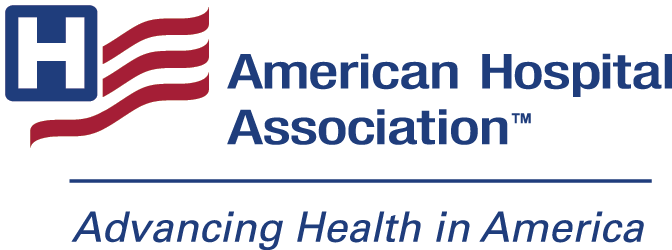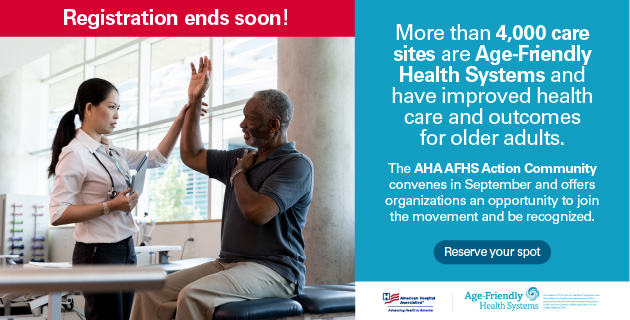Congress returns to Washington, D.C., next week following the summer recess, and lawmakers can expect a busy fall as they face a full plate of issues that need action.
The first order of business will be passing a stopgap funding bill by Sept. 30 to keep the lights on and prevent a government shutdown. While inability to agree on a budget is not the picture that lawmakers want to paint for the public prior to November’s election, the fact remains that leaders have their work cut out for them amid deep divides on spending.
That divide also extends to health care, because when it comes to a vision for health care in America, lawmakers of both parties have different ideas.
That’s why it’s more important than ever right now to cut through the noise of politics and get policymakers to focus on several immediate issues which are “must do.”
Look for an Action Alert coming soon that highlights these pressing issues that may see action in the lame-duck session of Congress that will likely follow the election. They include:
- Extending key rural programs that expire at the end of the year like the Medicare dependent hospital program and the low-volume adjustment program.
- Extending telehealth and hospital-at-home programs as these innovative efforts, which have expanded access for millions of Americans and allowed patients to receive high-quality care more conveniently, are set to sunset on Jan. 1.
- Ensuring that payment cuts for hospital services like those so-called site-neutral adjustments — that appropriately provide a differential for hospital outpatient services — are rejected.
- Continuing to prevent Medicaid disproportionate share hospital cuts from kicking in next year that threaten essential financial assistance to hospitals that care for our nation’s most vulnerable populations — children, impoverished, disabled and elderly individuals.
- Addressing the proposed Medicare payment reductions for physician services.
Right now, our field is balanced between two realities. On the one hand, the challenges — financial, regulatory, workforce, and other matters — continue to be significant. At the same time, we are undeniably at the dawn of an exciting new era of bold innovation, technological progress and expanded ways to advance health for a greater number of people than ever before.
That is why it is essential that federal lawmakers understand the immediate challenges hospitals and health systems face and make policy decisions that account for what’s at stake for access to care for the patients and communities they represent.
What You Can Do
- Contact your lawmakers and arrange conversations about the challenges your organization is facing and why additional support is needed.
- Invite your elected lawmakers to visit your hospital and use this opportunity to showcase some of the amazing work your organization does to support patients and communities. See AHA’s Action Alert highlighting tools and resources to assist in your advocacy.
- Share this message with your team members and community so we can create an echo chamber for our key priorities.
Uncovering solutions and sparking change is the conversation we need to be having with our elected officials whose views on health care will shape our field for years to come.
Together, it's vital that we make our voices heard now as part of our continued efforts to advance health in America.



